I want to talk about a forest that the world knows for a delicate reason, but for me represents so much more. Since my first trip to Japan, I've always wanted to visit Aokigahara, the Sea of Trees. I couldn't make it happen back then, but now, on my second visit to the country, I finally got to be there.
My goal wasn't to find something, but to leave something behind. To let go of the past, the heavy memories, the feelings that no longer had a place in me. To make room for something new.
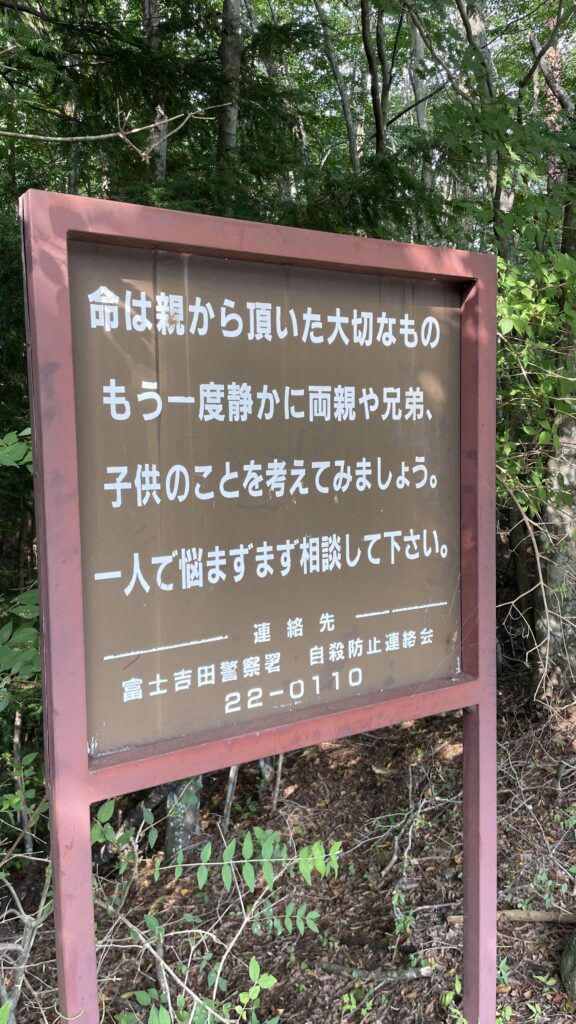
"Your life is a precious gift from your parents."
"Think of your family and loved ones."
"Don't suffer alone. Seek help."
Ancient Beauty and Primordial History
Aokigahara reveals itself as a unique forest of wild beauty. Its stones and rock formations, shaped by lava from Mount Fuji's last eruption in 1707 (early Edo period), create an almost primordial landscape that has remained untouched for over 300 years. The West mainly knows its darker side as the "Suicide Forest" - especially after Logan Paul's controversial 2017 YouTube video showing a corpse, which brought worldwide attention to the place. But it holds so much more: a history of sacred silence and ancestral power of nature.
Physical and Technological Phenomena
Inside the forest, the environment transforms completely, both sensorially and technologically. The volcanic soil absorbs sounds with almost supernatural efficiency. The silence becomes so intense it almost presses against your ears. But there's also a fascinating scientific explanation for what happens there: the iron-rich volcanic rocks, loaded with magnetite from basaltic lava, create magnetic interference that makes compasses spin wildly and prevents electronic equipment from working. Cell phones lose signal, flashlights fail inexplicably, microphones pick up nothing but static. The high concentration of ferromagnetic minerals in the volcanic rock creates an irregular magnetic field that confuses both instruments and natural orientation. It's like stepping through a portal to another world, where physics conspires with mysticism to completely isolate visitors from the outside world.
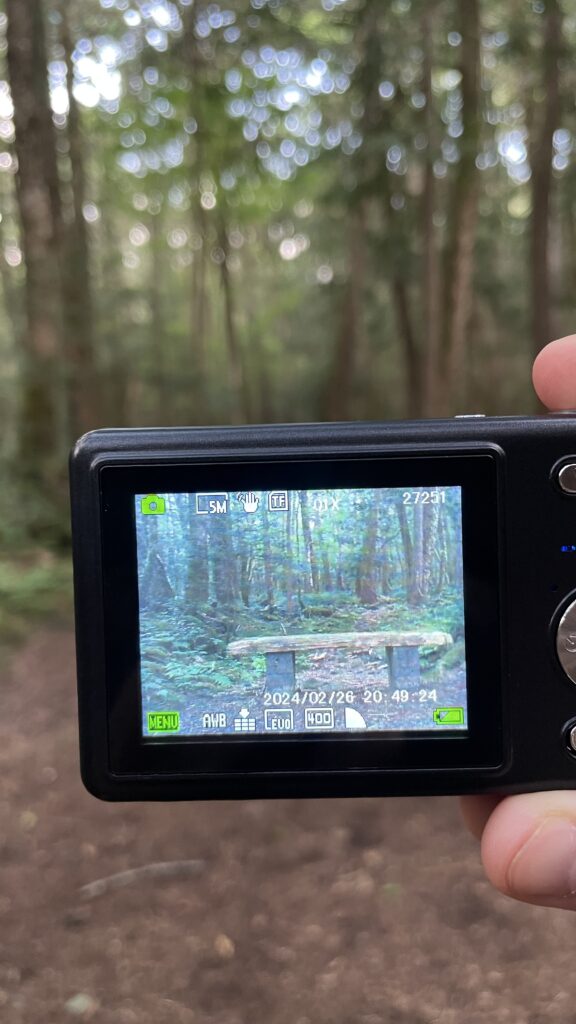
Historical Dangers and Mysteries of Aokigahara
But Aokigahara demands reverence and caution - a lesson learned over centuries. Off the marked trails, it's easy to get lost among trees that all look identical, a fate that has claimed even experienced monks skilled in meditation and wilderness survival, who entered the forest seeking spiritual isolation and were never found again. The uneven terrain, carved by ancient lava craters, hides natural traps that become even more dangerous when navigation instruments fail. One careless step can result in a serious fall, and since sound doesn't travel properly through the dense iron-rich volcanic soil, even a cry for help would be lost in the magnetic void that envelops the entire forest.
Shinto Traditions and Sacred Mount Fuji
Despite the risks and bewildering physical phenomena, the forest pulses with spiritual energy rooted in ancient traditions. Mount Fuji, to which it's connected, has been a sacred mountain for the Japanese since time immemorial. In the Shinto tradition, nature doesn't just house the divine - it IS the divine made manifest. Historically, the forest also carries the weight of ancient practices like "ubasute" - the ritual abandonment of elders during times of extreme scarcity - and connections to the concept of "yūrei," wandering spirits from Japanese mythology. Curiously, the same magnetic properties that confuse modern equipment may have contributed to the ancestral perception of the forest as a place where the boundaries between worlds become thin. These historical, spiritual, and physical layers interweave in Aokigahara's cultural fabric, giving the place a complexity that goes far beyond contemporary Western perception.

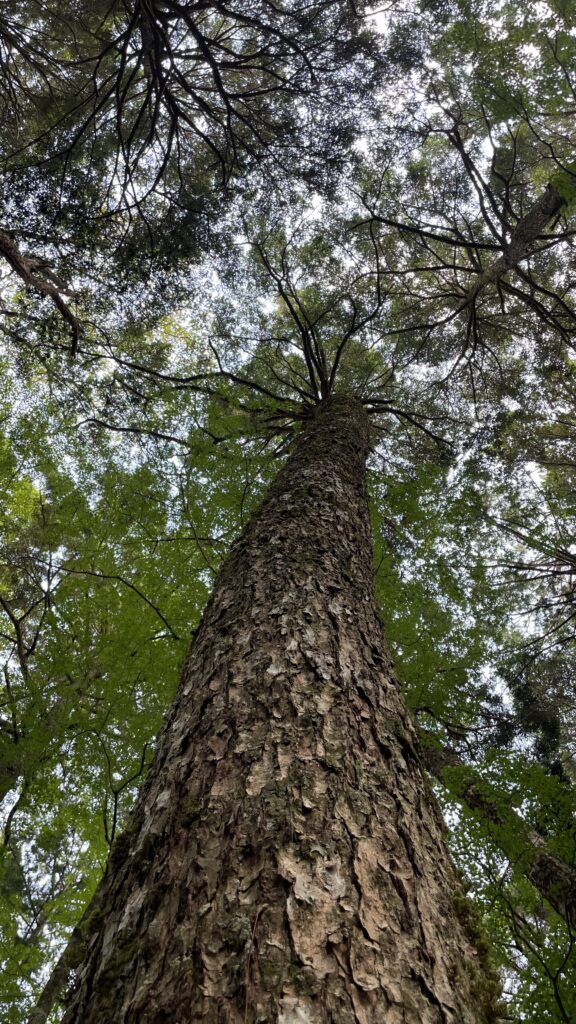
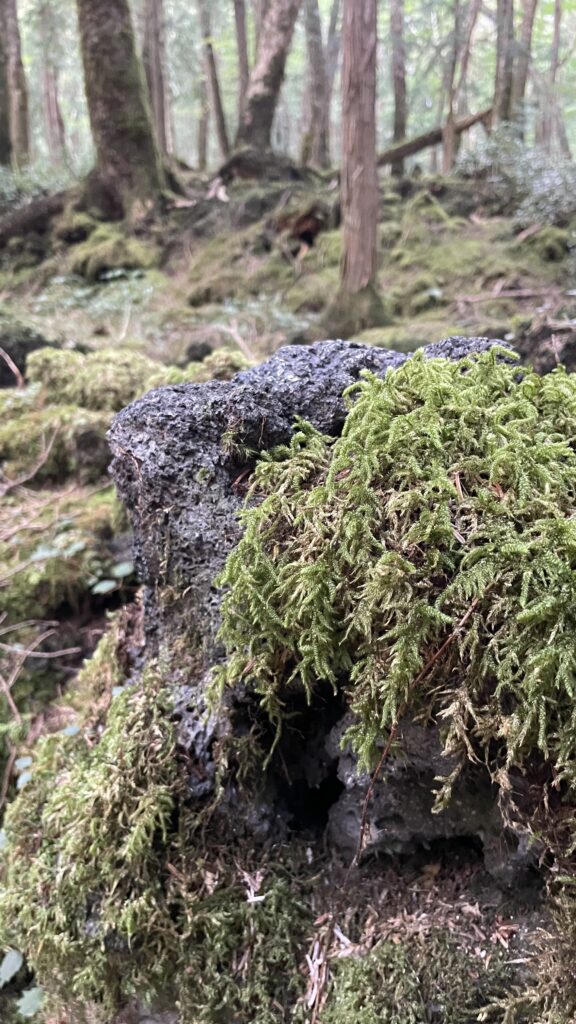
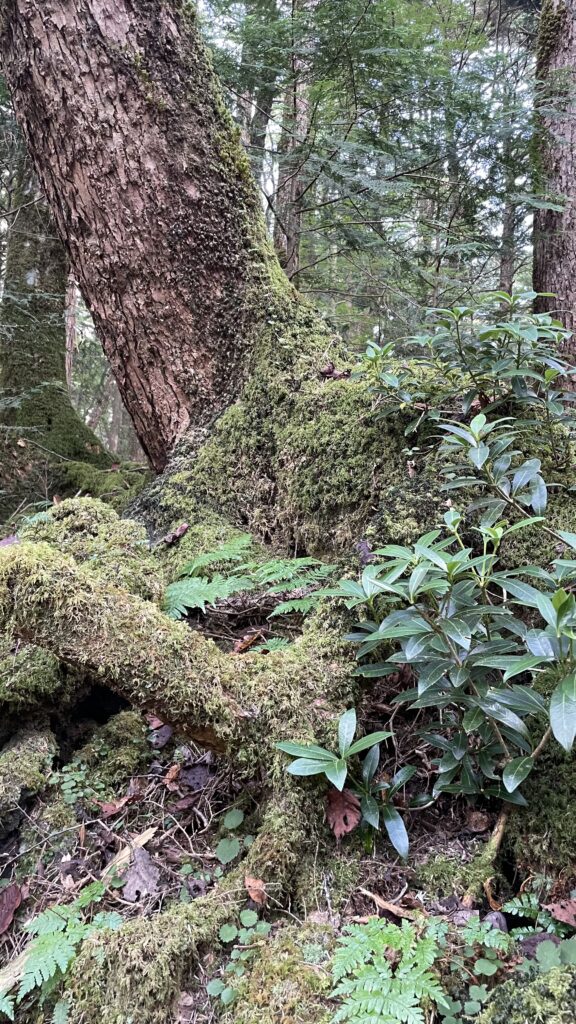
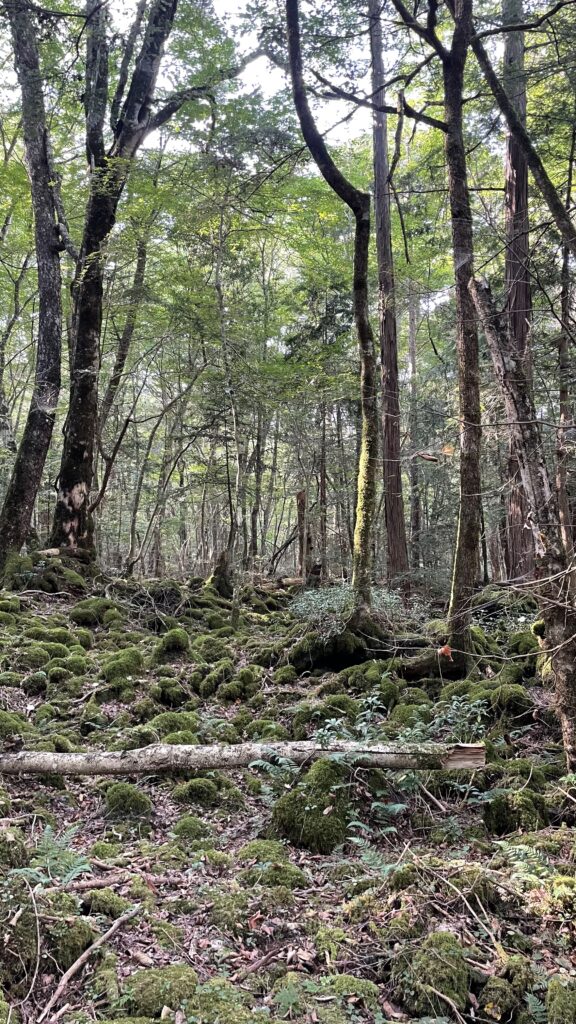
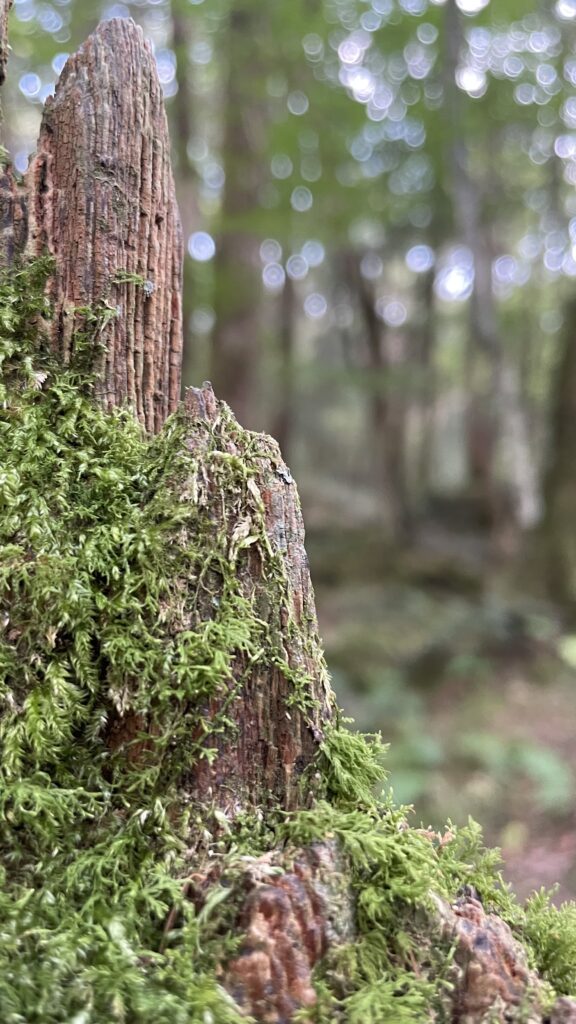
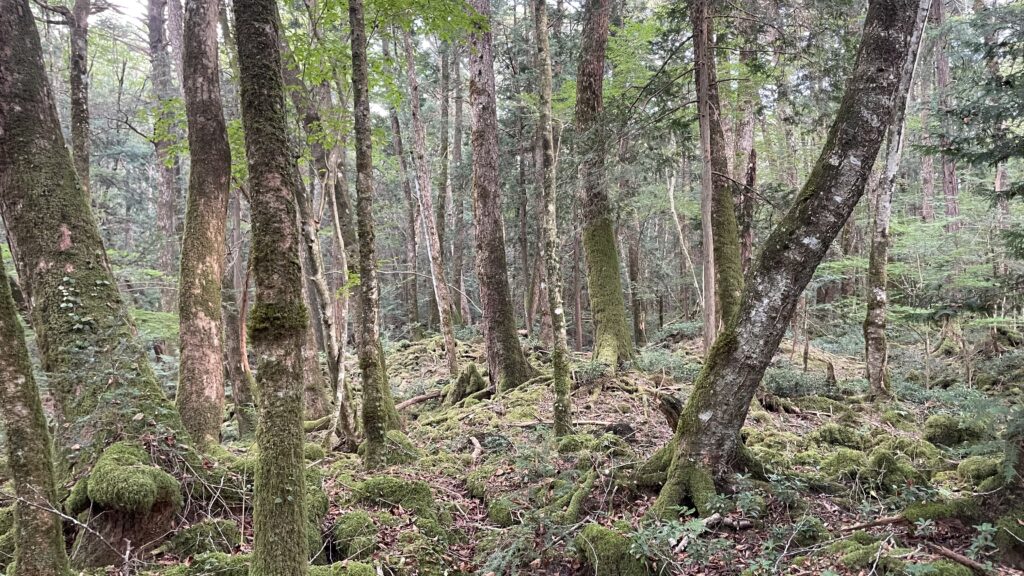
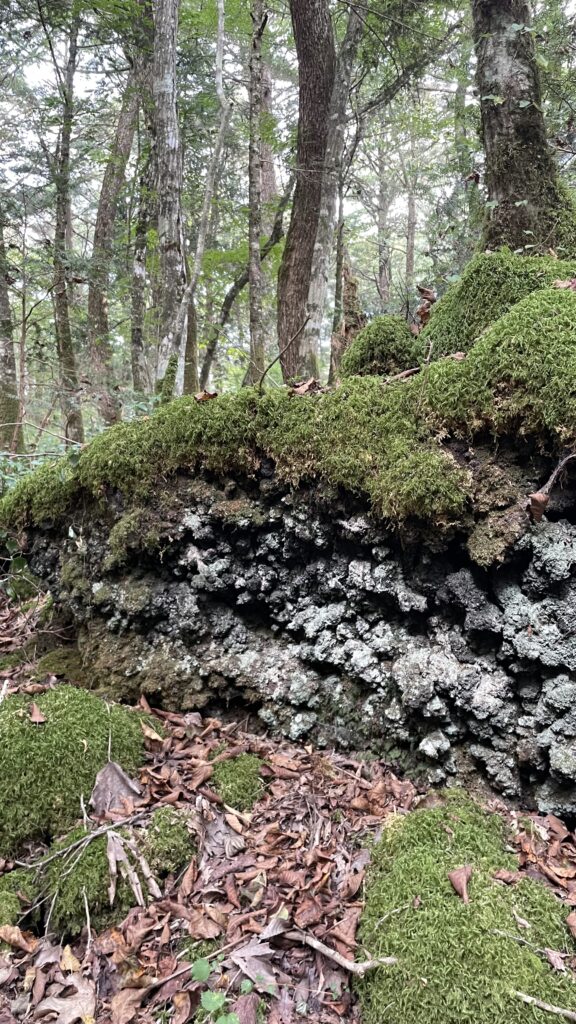
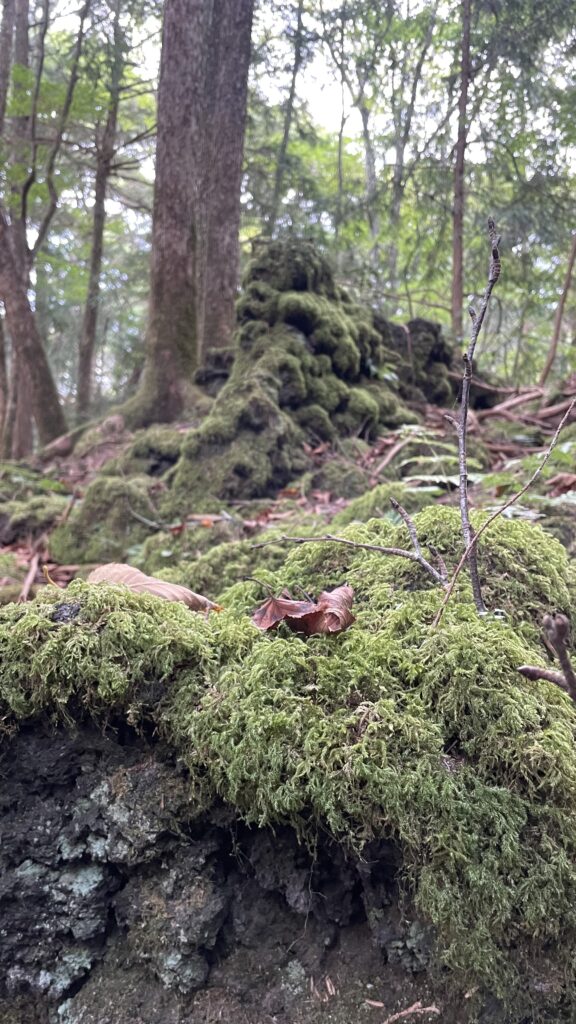
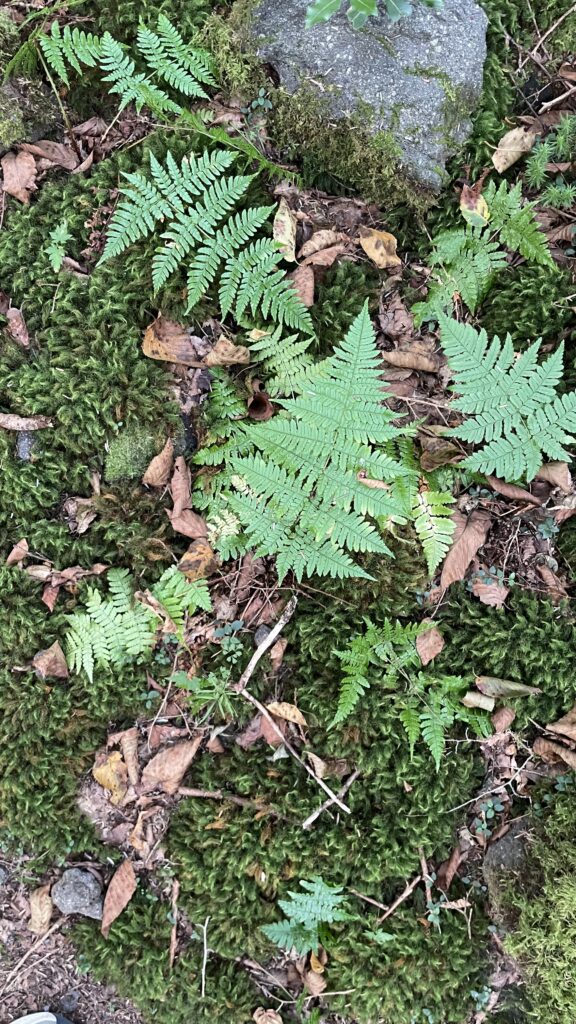
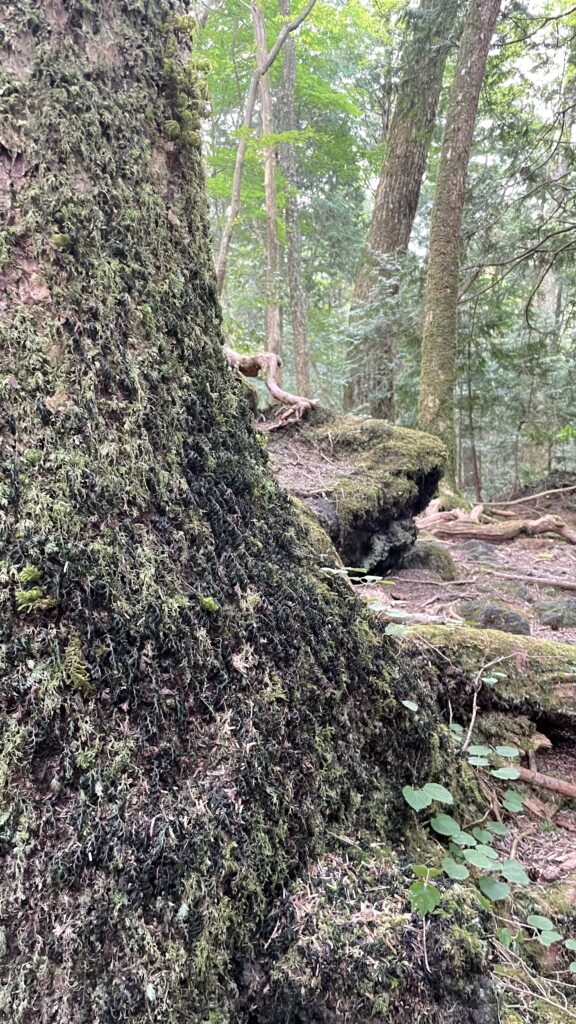
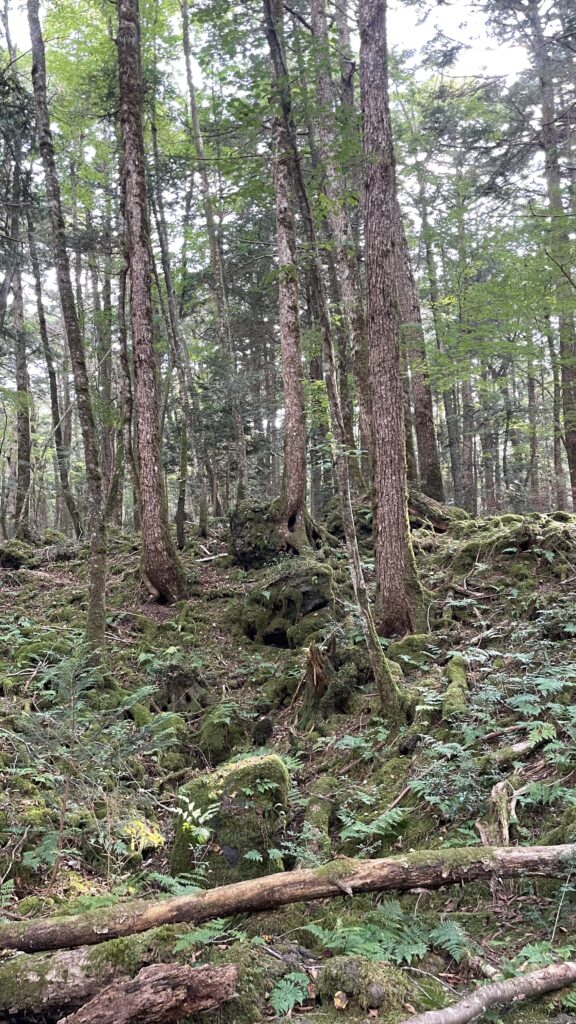
My Experience in Aokigahara
I stayed there for an hour and a half in silent meditation, accompanied by two friends who shared the same intention. We weren't looking for the dark side that marks the place's reputation - finding a corpse or anything death-related - but rather a renewal ritual that honors the forest's true sacred character. There we left behind anxieties, old fears, and pain that had already served their cycle, reconnecting with the spiritual essence that has always inhabited this place. We made space for what wants to be born in the present and flourish in the future.
Conclusion
For me, Aokigahara's Sea of Trees didn't represent an ending, but a new beginning. A place where silence echoes louder than any words, where nature offers healing, and where it's possible to say goodbye to what no longer serves us and embrace the unknown that's yet to come.

